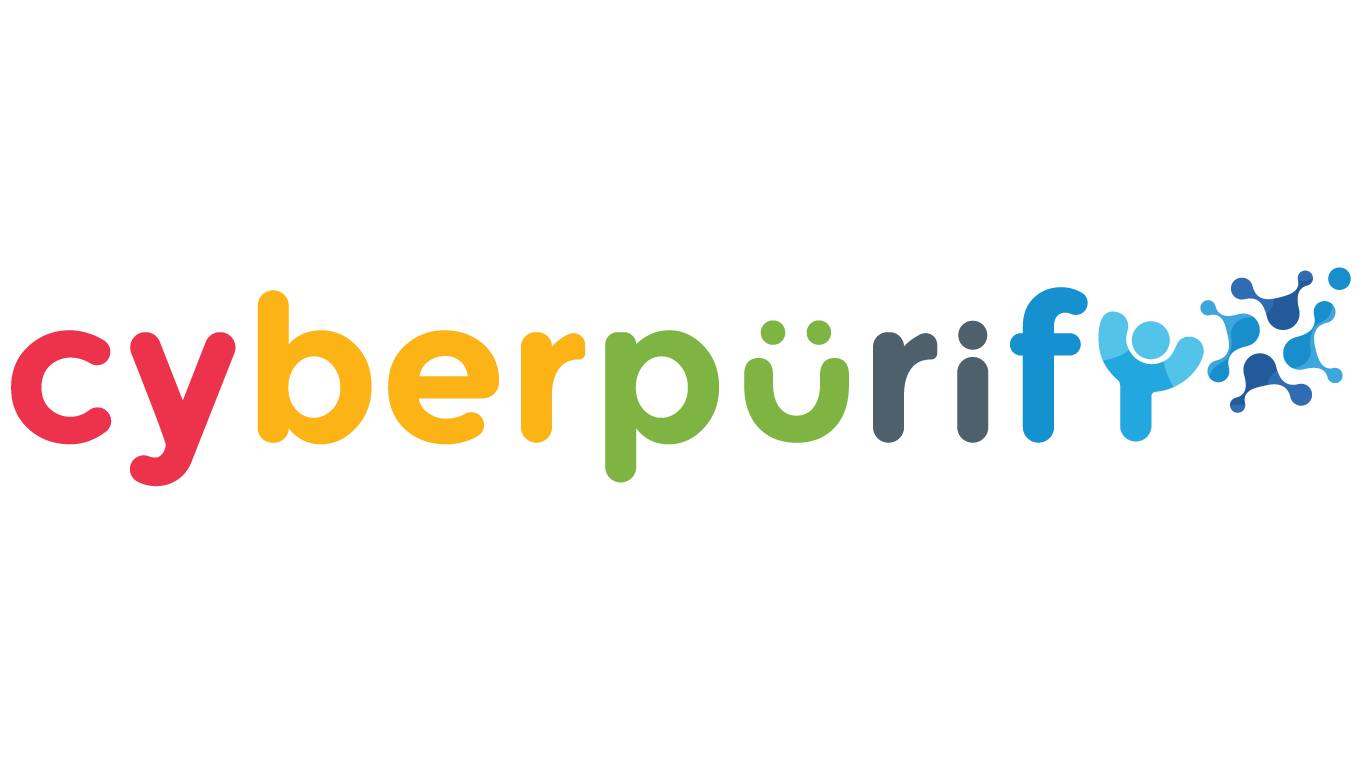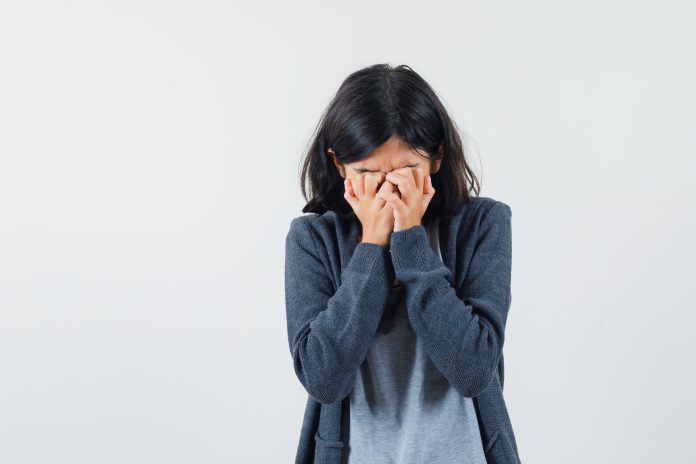Even if children don’t want access, there is a high chance that children come to harm online easily by a large amount of potentially harmful on Internet. Harmful content is everywhere from pop-up ads on games, movies, and even apps that are deemed safe and labeled as made for children.
More seriously, today’s online harmful on the Internet and it is not only affects children short term but also cause strong impacts long lasting in their life and damage kids’ mentality heavily. This article will prove online harm can come anywhere and why let kids online “alone” is completely a MISTAKE!
How did the children come to harm online?
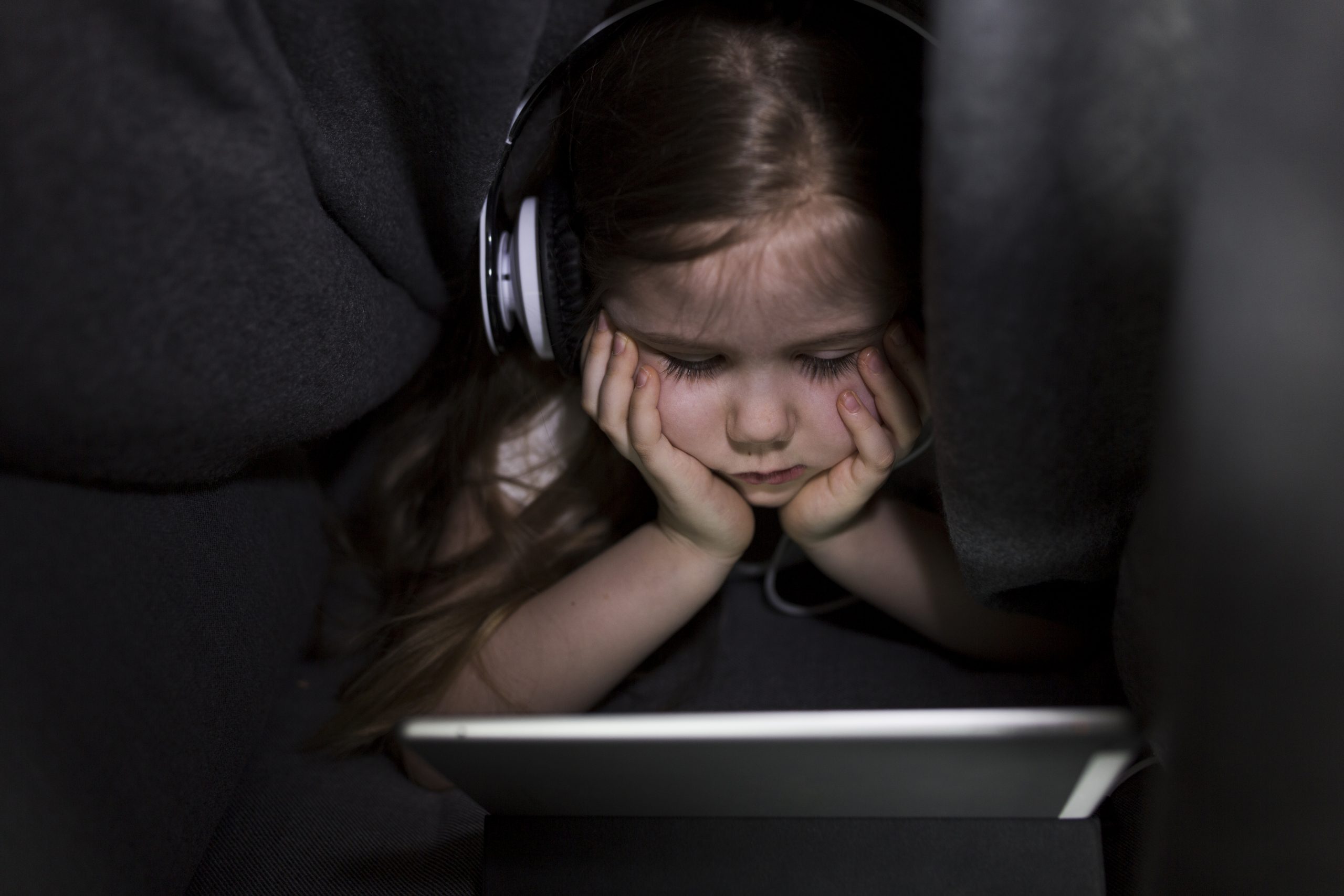

When did children come to harm online passively?
Even if kids don’t directly search for harmful things online, children are also easily susceptible to such malicious content attacks unexpectedly and unpredictably. Some websites on the internet now make their revenue by advertising so the floating ads are constantly displayed and the porn ads are also rampant online.
In addition, applications that are labeled as made for children also have many potential dangers such as malicious content in strange links sent to, or malicious content contained in online online games.
Case 1: Porn link sent via spam message – Young children won’t be able to realize the suspicious link
According to the survey, 11 is the average age of being exposed to porn online and this age is shortened to 7. Most of them did not intentionally search for it, they stumbled upon pornographic content and felt this was the type of content that most affected them negatively.
A real case for passive access to malicious content is Liam, 14 years old, lives in Northern Ireland. When he was 11, Liam clicked on one of the links sent via direct message, thinking it was someone who wanted to chat with him. However, when he clicked on it, he was surprised to discover it contained pornography. Liam mentioned being shocked and a bit sad at the time that it happened, he told the researcher that he feels it has no lasting impact on him.
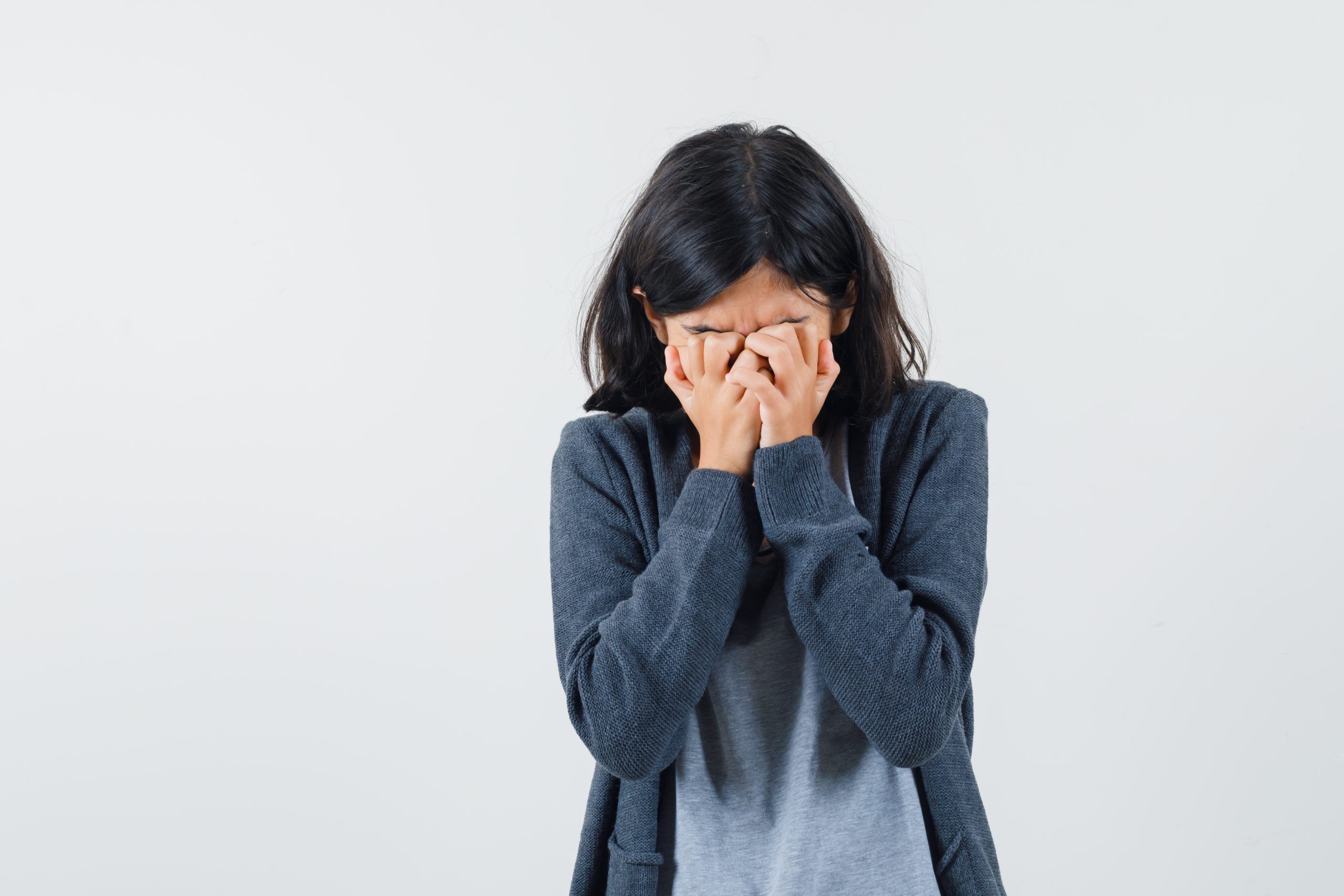

It’s not every case like Liam where some people have to suffer from the heavy effects of toxic things online for the rest of their lives like Lucy, 16, lives in London with her family. When she was 13 years old, she received some nude photos. As a result, many years later, she gradually lost trust in men.
The period around 10 years old is the period when children interact and explore the outside world, so they are prone to imitate and be influenced by negative factors. Apart from pornography, inappropriate content such as accidental, bloody, animal abuse, violent, and especially pornographic content can make children uncomfortable, confused, and obsessed in the future.
Case 2: Seducing Sexting from an acquaintance
All ages can be targets for criminals.
However, children, teenagers, and young adults are particularly easy targets for online sexual predators because they are young, naive, and yet to fully understand the seriousness of the world out there. So the predators can easily trick, manipulate and intimidate the victim.
As young people and teenagers who are looking for ways to connect and make friends with others online, they can accept friend requests indiscriminately, enjoy flattering comments, etc. groomers can take advantage of these behaviors.


One real case of seducing sexting from accquaintance is Emma when she 13 year olds, She was spoke of the incident with a 14-year-old boy from her kickboxing class who asked her to provide private photos of herself via a social media platform. “He started messaging saying, “Can you show me your boobs?” It made me feel quite upset.” Emma, 13, North England.
Some predactor can be someone that children don’t know except with Emma case. They ask the children to exchange pictures back and forth in exchange for accomplishing their goal such as money, gift cards, etc.; promise to buy children something they like; even alcohol, drugs, tobacco, and other necessities such as lodging, transportation, or food.
Maybe you will enjoy reading about:
When did children proactive approach to online harm?
In some cases, because of peer pressures such as being slim and looking like others, children are at high risk of actively accessing harmful content by joining unhealthy groups.
Case 3: Communities with misguided thinking online
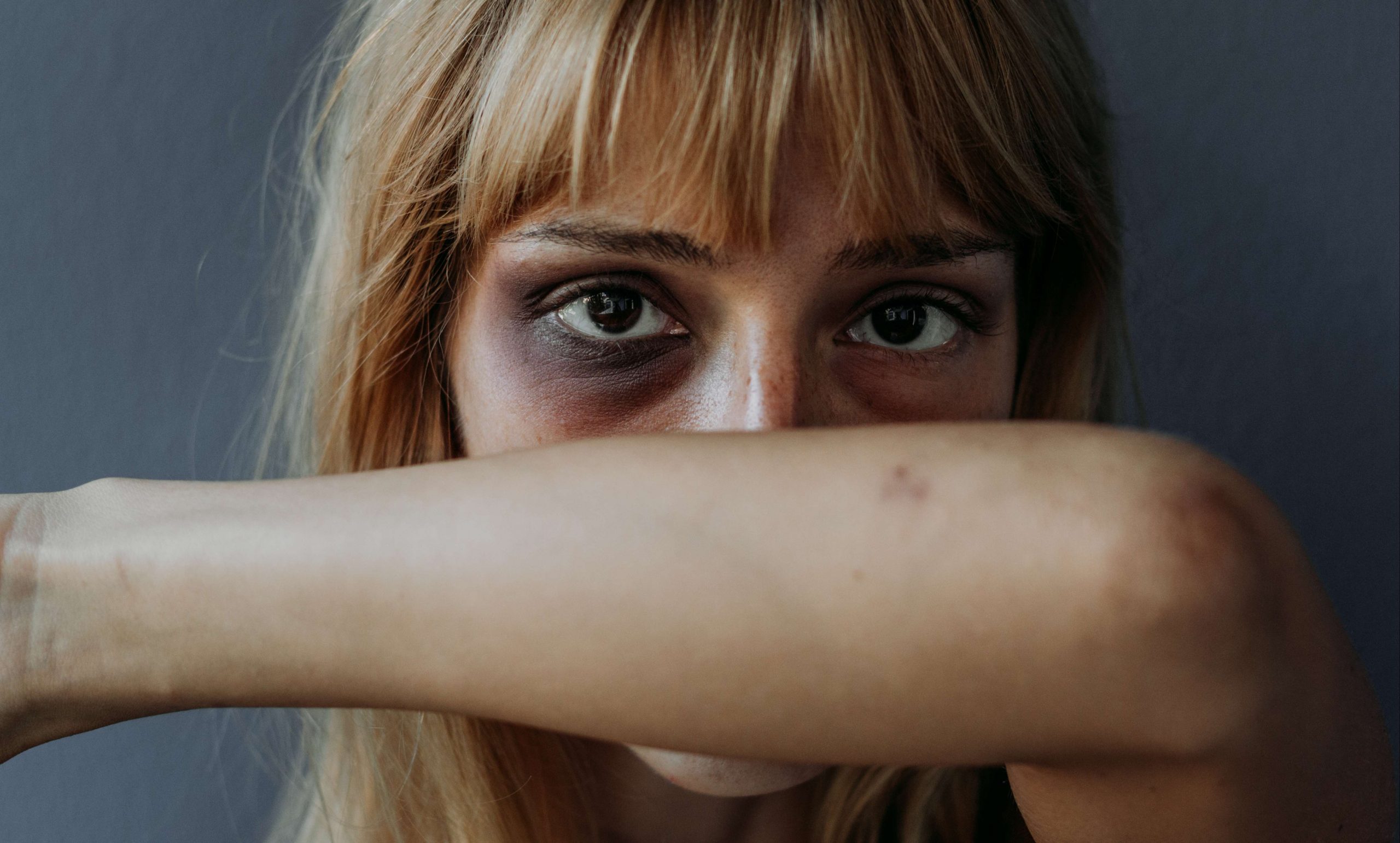

Children are exposed to harmful content every day when they freely join social networks or follow certain groups. If parents do not detect early, the consequences can last for a long time.
Gabi talks about experiencing a number of mental health struggles, including struggling with an eating disorder. She joins online ‘pro-eating disorder’ communities called ‘pro ana’ groups on a blogging site and romanticizes being mentally ill in people. As a result, her eating disorder persisted to this day.
Symptoms of eating disorders
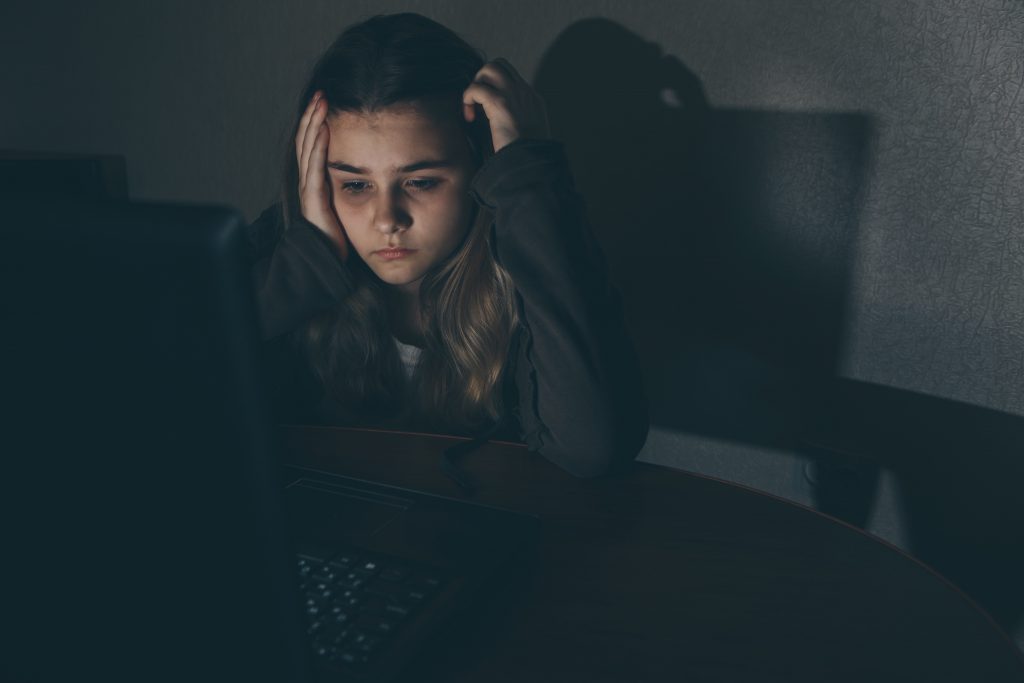

About eating habits:
- Teens cut down on their diet or limit eating
- Children limit their intake of major food groups such as meat or milk
- Loses weight or goes up and down in weight


About mood, behavior:
- Your baby may look anxious or irritable, especially around mealtimes
- He/she avoid social activities with friends, especially activities involve food
- He/she go to the bathroom or toilet right after a meal
- The child is vomiting or using laxatives
- Your child exercising too much, especially when alone in the bedroom
Not just friends, but movies, TV shows, websites and negative effects of social media on teenager may be delivering the message that only a certain type of body shape is acceptable. A skinny body is recognized and being praised by everyone, thus negatively affecting your child’s perspective of defining a beautiful body.


Case 4: Children come to harm online by being Online Bullying
According to Unicef, “Online violence” or “Cyberbullying” is defined as bullying using digital technology.
- Online violence can take place on social media, messaging platforms, gaming platforms, mobile phones, etc.
- It is repetitive behavior, intended to frighten, anger, or shame the targeted people.


After being bullied online by some acquaintances on social networks. A few months after the incident, Noah discovered that these people were joking about him in a group chat on a messaging platform that he did not participate in.
He realizes that people are talking about him behind his back which annoys him, especially when he finds out that they were joking about his father, who passed away a few years ago. Noah only discovered this when a friend told him and showed him a screenshot of the group chat.
Children or adolescents are more likely to be victims of cyber harassment. Children are the age to use social networks or online platforms the most today, not only for learning but also for entertainment needs. In addition, children are easy to become a victim because of their innocence and lack of guard against bad people.


If a child is a victim of cyber harassment, parents can report it to the relevant agencies to help kids deal with online bullying. Parents should do whatever it takes to get their children to talk more openly about issues they face, such as cyberbullying. In short, Parents need to stay calm and come up with a smart solution.
How to prevent the chances children are exposed to online harm?
It is true that protecting children online today is difficult but not impossible. Parents should not subjectively rely solely on technology, but should educate their children and combine many ways to ensure their children are 100% safe online. Parents should try:


- Take your child’s problems seriously. Listen to everything your child has to say and make sure they feel safe talking to you. Never lose your temper and scold or scare your child, because that will make the child become more distant from you and will limit sharing all his problems with you in the future.
- Try a Google search for your children’s names to see what was posted and take steps to remove it.
- Make sure all your child’s Internet profiles are private and use a VPN for added security.
- Proactively remove data from websites that pose a risk of exposing your children’s personal information.
- Install an online content filter tool: With millions of harmful sites creeping into the Internet every hour, every minute, even if your kids are not curious, they are still at an extremely high risk of accessing them, which leads to porn addiction, poor academic performance, or imitation of dangerous behaviors. No parent wants that to happen!
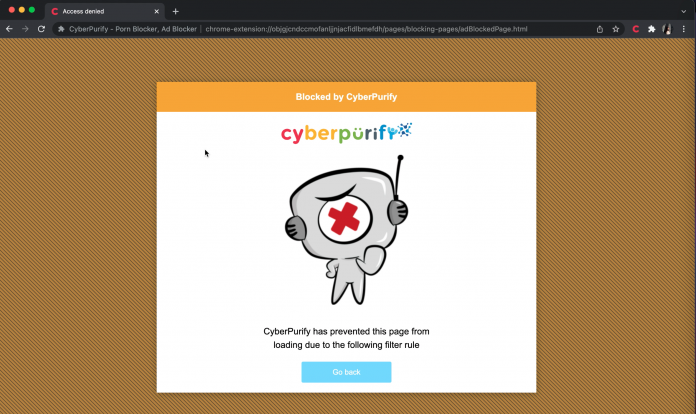

That’s why, to keep your children safe more effectively, you should consider using CyberPurify Kids – a content filtering tool to filter 15 types of harmful content online such as:
- Pornography
- Horror content like gore, accidents, ghosts, violence, murder, terrorism, etc
- Content about stimulants, addictive substances such as alcohol, beer, marijuana, drugs, etc
- Content with aggressive elements, hurting others like Hate speech
This free tool can help you minimize your child’s access to harmful content, ensuring a healthy online environment but at same time, still respecting their privacy rights.
CyberPurify Kids is available for Google Chrome, Safari, Firefox, and Microsoft Edge. Get your children an online protector here!
You maybe like reading about:
